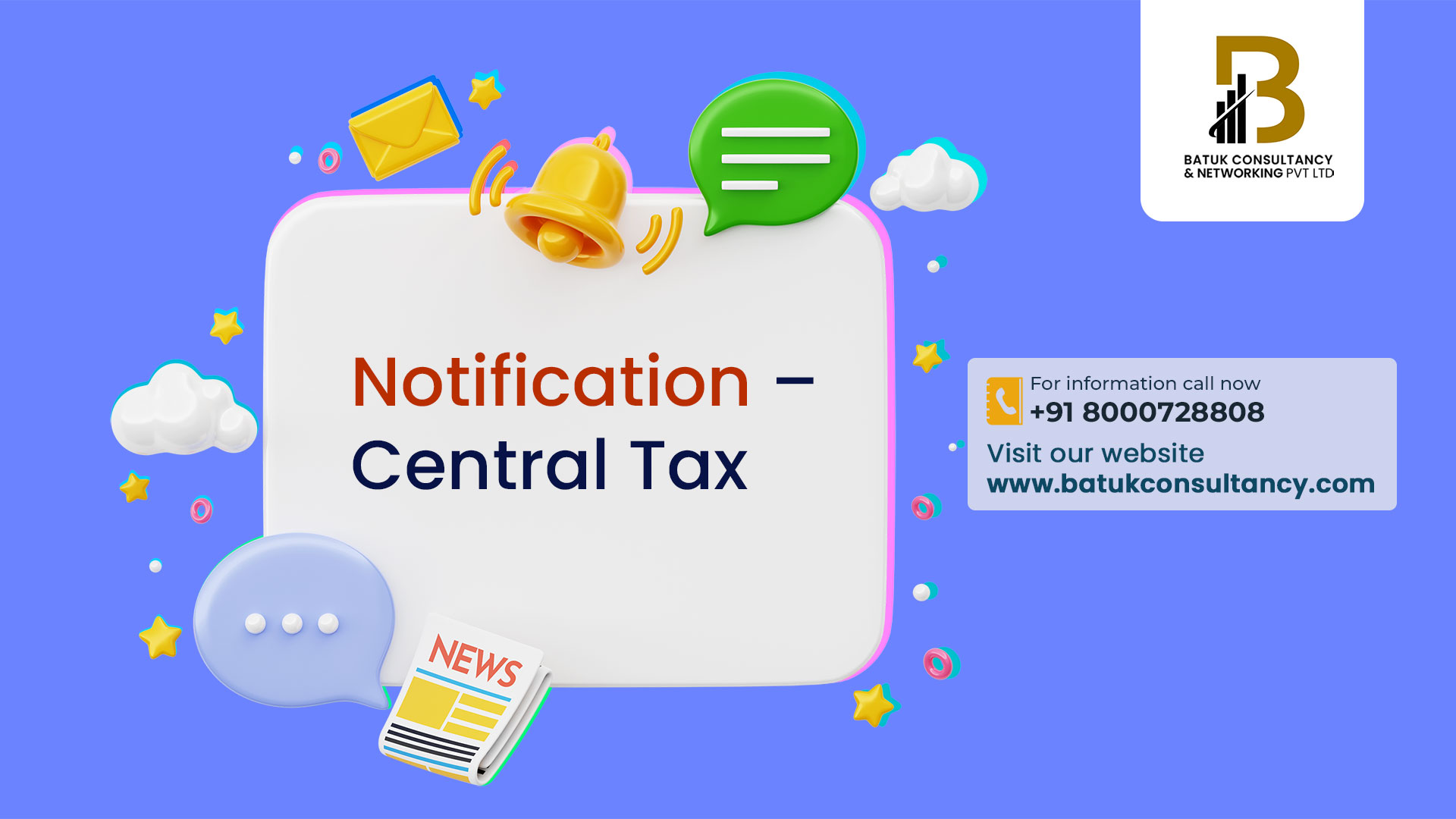Simplified Explanation of Notification No. 9/2022-Central Tax (Rate)

Amendment to GST Refund Rules for Specified Goods
Overview:
Notification No. 9/2022-Central Tax (Rate) updates the rules regarding the refund of unutilized Input Tax Credit (ITC) for certain goods. This amendment revises which goods are eligible for refund under GST when the tax rate on inputs is higher than the tax rate on outputs.
Key Details:
- Amendment Overview:
- Previous Notification: Notification No. 5/2017-Central Tax (Rate), dated June 28, 2017, outlined the rules for refunding unutilized ITC on supplies where the input tax rate is higher than the output tax rate.
- Action Taken: Notification No. 9/2022 revises this list by updating serial numbers and adding new goods to the list of those for which refunds will not be allowed.
- Specific Changes:
- New Serial Numbers and Goods:
- New goods are added to the list where refunds are restricted. For example:
- 1A: Soya-bean oil and its fractions.
- 1B: Ground-nut oil and its fractions.
- 1C: Olive oil and its fractions.
- 1D: Other oils obtained from olives.
- 1M: Coal and similar solid fuels.
- These entries are placed before the previously existing entry “1AA” and are now listed with their specific classifications.
- New goods are added to the list where refunds are restricted. For example:
- New Serial Numbers and Goods:
- Effective Date:
- Implementation Date: The changes will be in effect from July 18, 2022.
Example:
- Before the Amendment:
-
- A company using high-tax rate inputs like certain vegetable oils could claim a refund if the tax rate on their output goods was lower.
- After the Amendment:
-
- If the company’s input includes oils like soya-bean oil or ground-nut oil, which are now listed under the new serial numbers (1A to 1O), they will not be eligible for a refund of unutilized ITC for these goods if the tax on the output is lower than the tax on these inputs.
Purpose:
- Targeted Refunds: This amendment ensures that refunds of unutilized ITC are only granted under specific conditions, tightening the rules for certain high-tax inputs.
- Regulatory Compliance: It helps businesses understand which inputs no longer qualify for refunds, ensuring accurate tax reporting and compliance with updated GST regulations.
